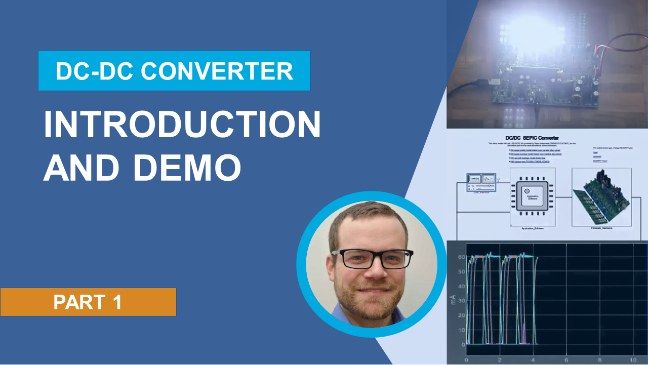What Is Power Electronics Simulation?
Power conversion requires control of IGBTs, power MOSFETs, and other solid-state power electronics. Designing a digital controller with simulation can help ensure stability, improve power quality, optimize dynamic performance, and handle fault conditions. Power electronics simulation provides insight into interaction of digital control algorithms, power semiconductors, and the balance of the electrical system early during development, before hardware testing begins. For battery management systems and power electronics–based systems such as motor drives, power converters, and inverters, fast closed-loop simulation enables power electronics engineers to evaluate and verify their design choices before a controller is implemented.
Power electronics simulation should be considered for the following tasks:
- Designing and validating new topologies and control strategies
- Optimizing system behavior using model libraries of energy sources, power semiconductors, passive circuit elements, and machines such as PMSM and induction motors
- Analyzing system response to faults and abnormal conditions
- Eliminating design problems found through simulation before moving to implementation
- Reusing models to speed up design iterations and next-generation projects
Power electronics simulation with Simulink® lets you model complex topologies with multiple switching devices using standard circuit components. You can run fast simulations with average models or ideal switching behavior, or use detailed nonlinear switching models for parasitics and detailed design. Unlike general-purpose circuit simulators such as SPICE, power electronics simulation with Simulink provides the following capabilities for control design, optimization-based studies, and automatic code generation from simulation models:
- Design, simulate, and compare controller architectures.
- Apply classical control techniques such as interactive loop shaping with Bode and root-locus plots on nonlinear system models that include switching effects using methods such as AC frequency sweeps and system identification.
- Autotune controller gains in a single or multiple feedback loops using automated tuning tools. Design nonlinear controllers using techniques such as sliding mode control or gain scheduling.
- Design and thoroughly test fault protection circuits and logic.
- Use optimization and analysis tools to optimize system parameters and conduct sensitivity analysis.
- Accelerate studies requiring multiple simulations by running them in parallel on multicore processors and computing clusters.
- Generate C or HDL code from control algorithms for rapid prototyping using a real-time target computer or for implementation on a microcontroller or FPGA.
- Generate C or HDL code from circuit and machine models to a real-time target computer with multicore CPUs and FPGAs for validating a controller using hardware-in-the-loop.
- Apply formal validation capabilities to develop embedded software to comply with government regulations and standards such as UL 1741 for applications such as anti-islanding for solar power generation.
Examples and How To
Customer Stories
Articles
Software Reference
See also: dc-dc converter control, MPPT algorithm, Simscape Electrical, PID control, power electronics control design with Simulink, motor and power control design with Simulink, BLDC motor control, battery management systems (BMS), power factor correction, battery state of charge, small signal analysis, grid tied inverter, dual active bridge


